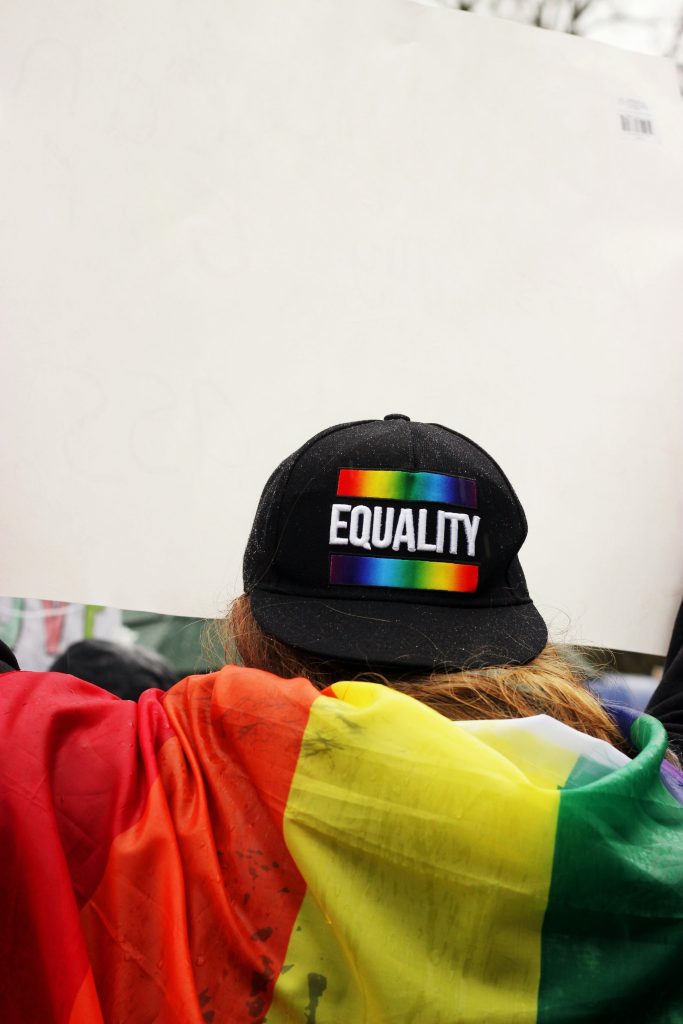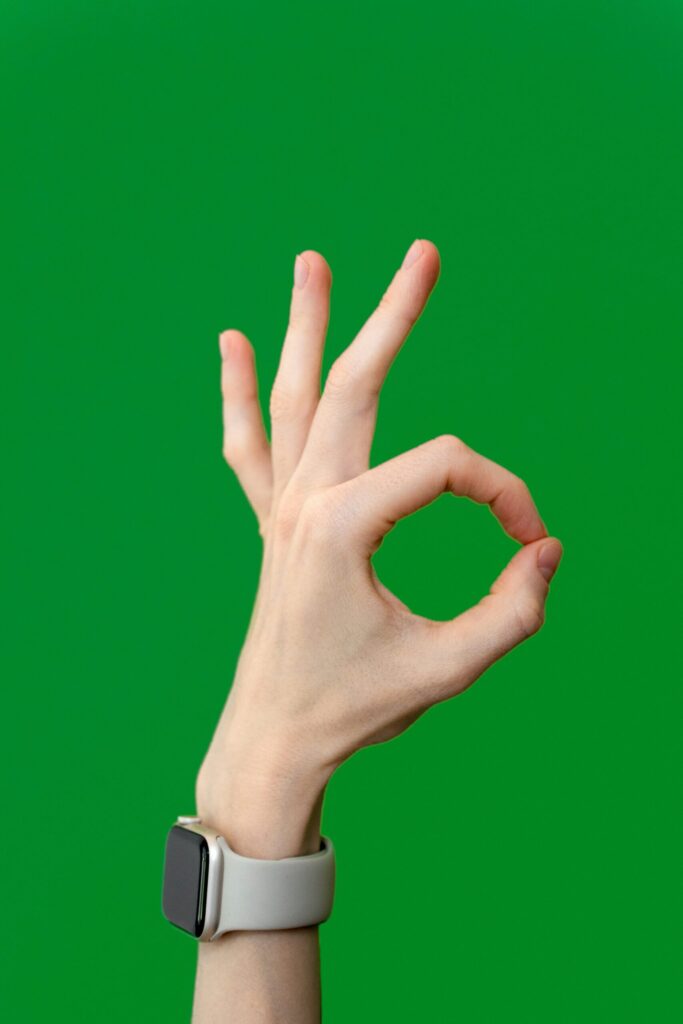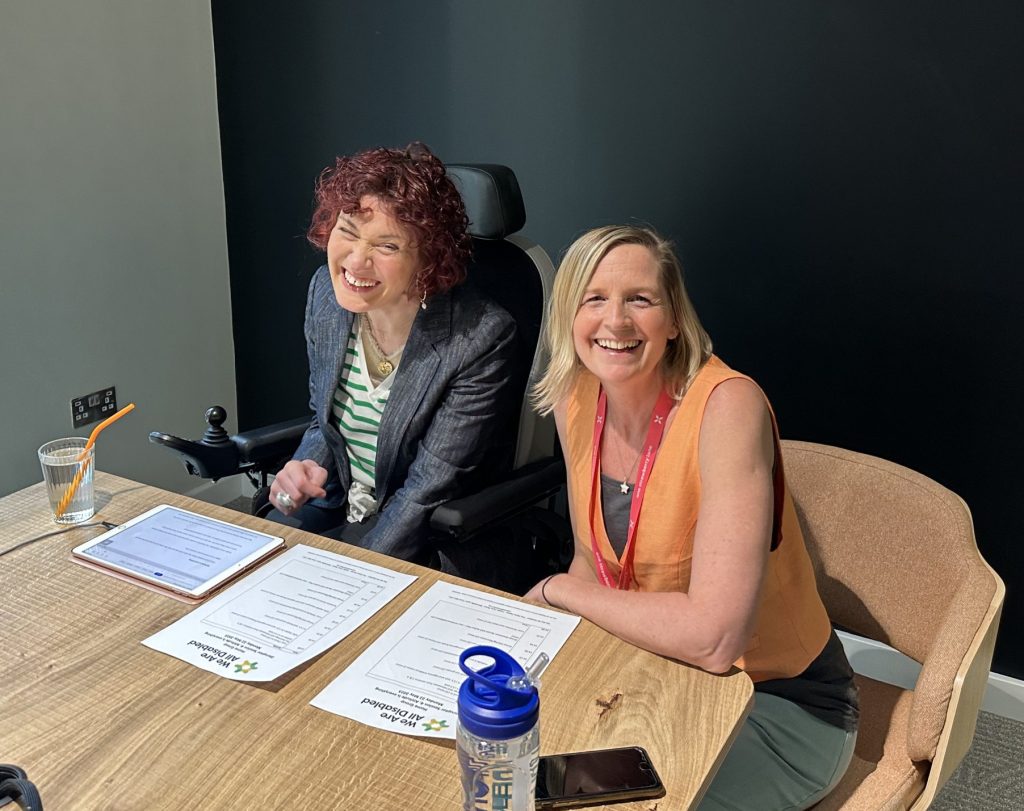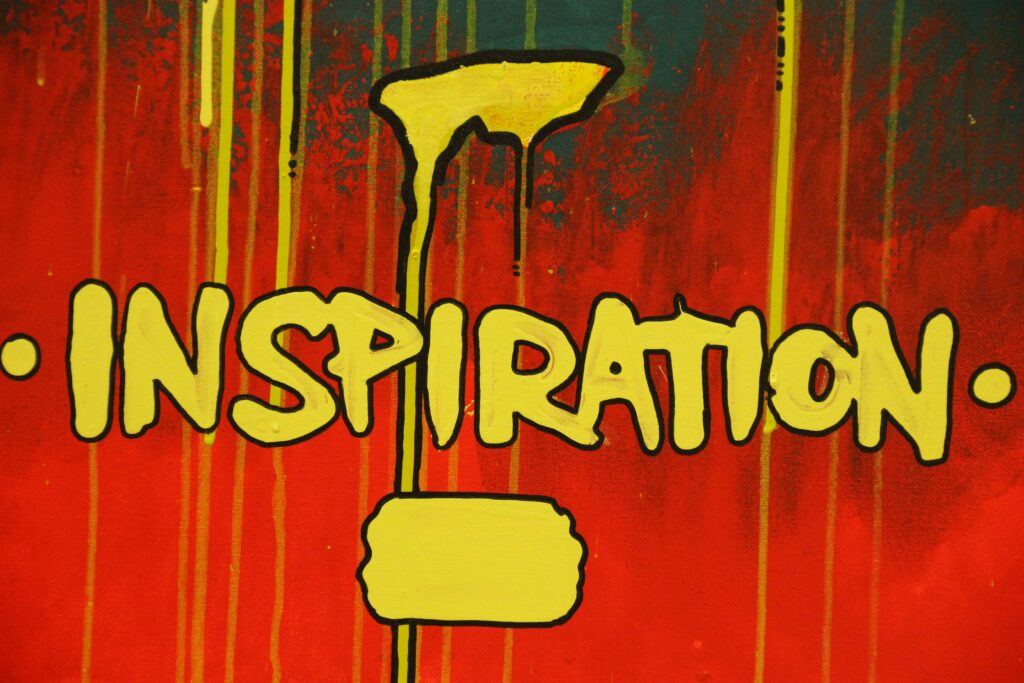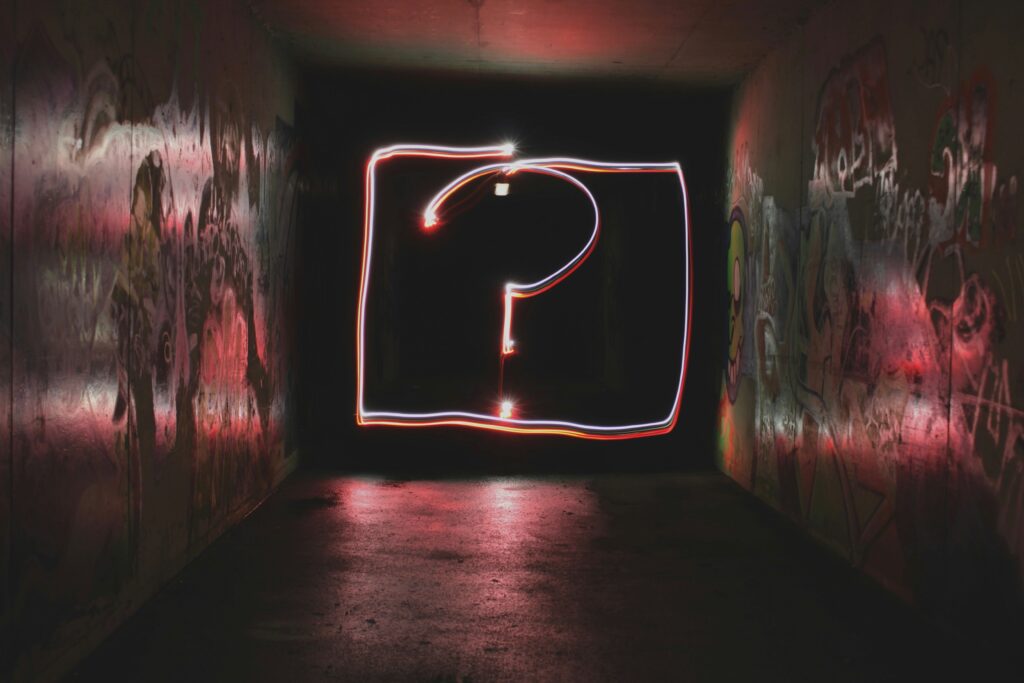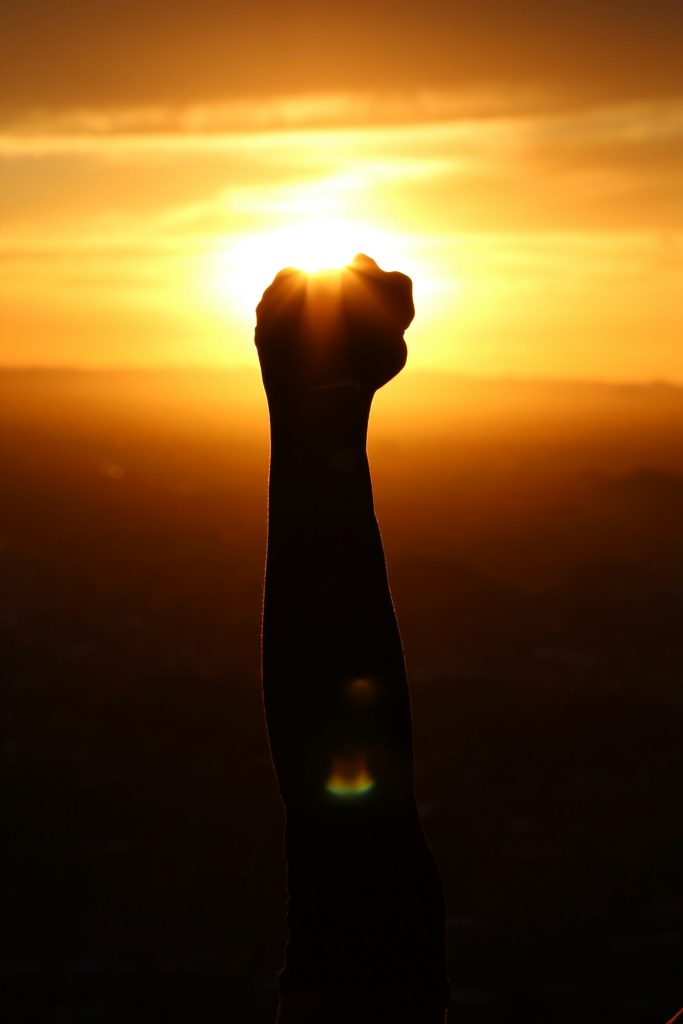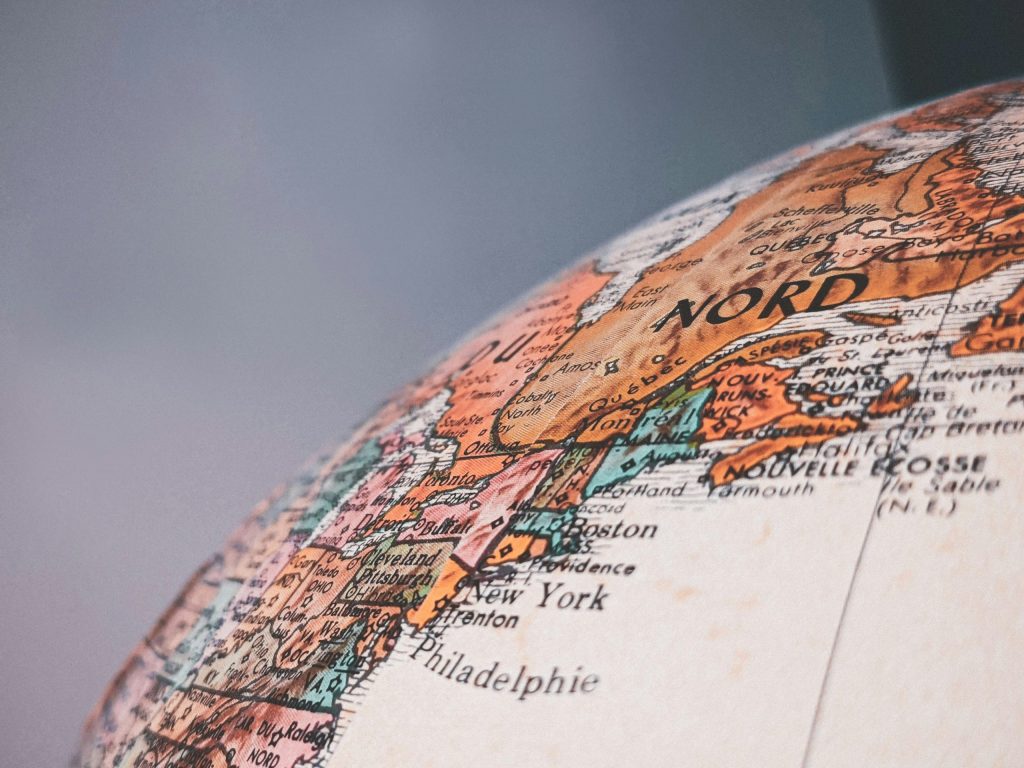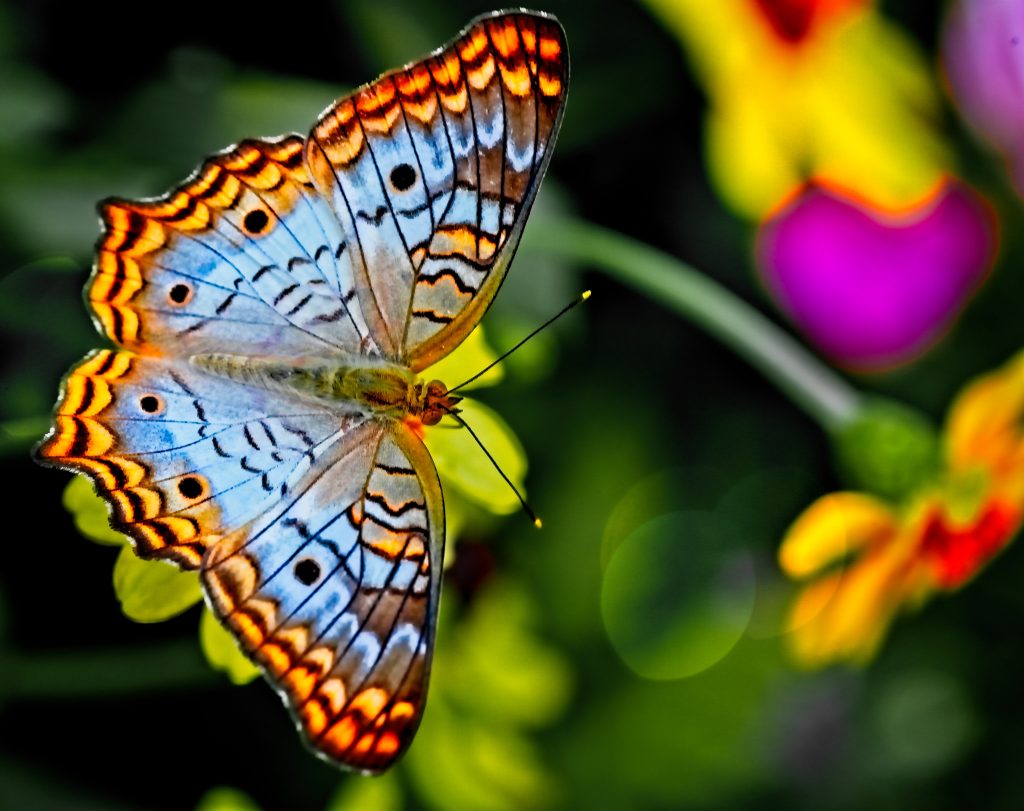July is Disability Pride month which highlights and celebrates the uniqueness and diversity that disabled people bring to society. In this blog I want to mark the occasion by offering an insight of the models of disability and how they affect all of our perceptions and lived experiences.
When exploring perceptions of disability, it’s useful to look at the various definitions. In most cases these are where society’s, and therefore our own, perceptions come from.
There have been many different models developed over the years in order to define disability. Three of the main ones, and the ones I focused on in my own research, are Medical, Social and Affirmative.
In a previous blog, I explained that as a child I had Conductive Education. The CE system draws on the Medical model of disability. This is derived from the premise that disabled people have ‘impairments’ that require treatment in order for that person to become a fully active member of society.
The Medical model is the oldest and most traditional way of defining disability. It sees disability as a ‘personal tragedy’ and places the problems of disability and therefore the ‘solution’ at an individual level.
On reflection, although Conductive Education is based on people maximising their full potential which could be perceived as very positive, I have come to realise that the philosophy is based on finding solutions to the things I couldn’t do in order to fit into society.
My personal experience of CE was that as a young child I was pushed to the maximum to reach my physical potential rather than my disability being accepted as part of who I am. I was therefore expected to adapt to society, rather than society adapting to my needs.
The Social model proposes that what makes someone disabled is not their medical condition, but the attitudes and structures of society. Therefore, the degree of limitations that disabled people will experience depends mainly on their personal interaction with their social and physical environments.
As an example, for me as a wheelchair user, I’m unable to access certain buildings because of their types of entrances, or they may not have a lift or an accessible toilet. I have experienced this many times when I have booked an accessible hotel room on holiday and I’ve arrived to find a mistake had been made with my booking and I’ve been allocated a standard room.
The Affirmation model was proposed as a ‘non-tragic’ view of disability and impairment which encompasses positive social identities, both individual and collective for disabled people. This model is grounded in the benefits of a lifestyle of being impaired and disabled and affirms that disabled people have a unique way of being situated in society and the perception of disability differs from the lived experience.
The Affirmative model of disability is very relevant to how we are managing to live through the effects of COVID-19. Before lockdown our perception of what it could have been like to have to stay at home for a long period of time is somewhat different to the reality that we experienced. With lockdown easing we are now having to adapt to a new normality where we are all having to live differently to before.
Living through these times should allow us to embrace and respect each other’s differences and support each other using our unique strengths. However, the most important thing is that we recognise our shared humanity.
Models and definitions can be helpful in giving an overview, but they should never be used to define us as individuals. Disability Pride encourages disabled people to celebrate their uniqueness and feel proud of their identity. For me, Cerebral Palsy is part of who I am and is one of the many characteristics that makes me a unique individual.
I believe that lockdown has given all of us, both disabled and non-disabled, the opportunity to live and view life in a different way and therefore potentially has been a great leveller. I very much hope that we will come out of this experience with a deeper understanding and empathy towards each other, regardless of our differences.
Do you recognise or identify with any of the above models, either as a disabled or non disabled person?
How do you feel about definitions of groups – do you find it helpful or do you think it can lead to misperceptions and/or bias?
Has lockdown changed how you feel about yourself or other people in relation to the definition of being disabled?
Photo by Elyssa Fahndrichon Unsplash
